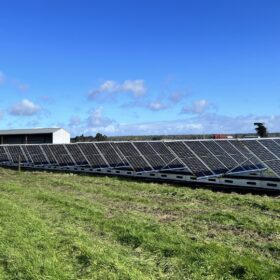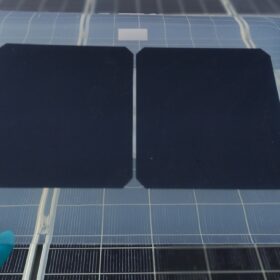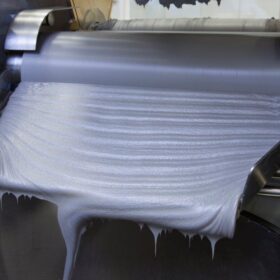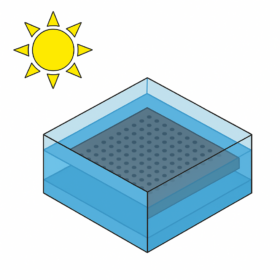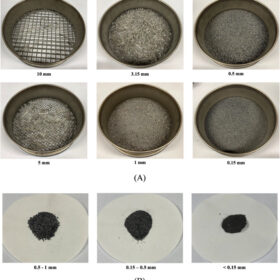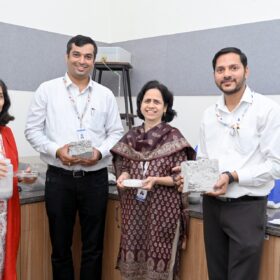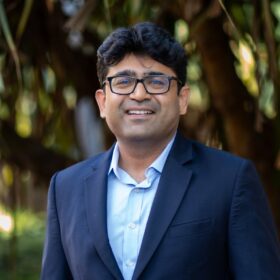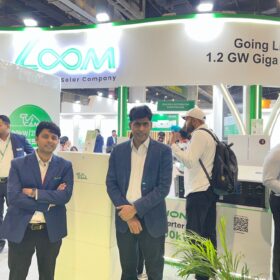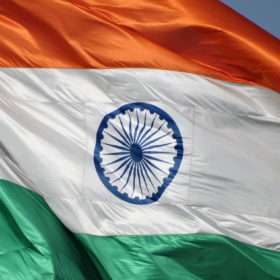‘Grid in a box’ combines storage and solar PV modules for a microgrid in a 20 ft. container
Paired Power’s modular microgrid targets is assembly-free remote industrial and agricultural applications and rural electrification for Indigenous communities.
KAUST explores polymer alternatives to glass for solar panel covers
Researchers at King Abdullah University of Science and Technology (KAUST) have published a review that looks at polycarbonate sheets as an alternative to solar cover glass. Their findings indicate that this new materials have a combination of low weight, mechanical strength, optical transparency, and thermal resistance that is worthy of further investigation.
Market eyes Indian buying surge ahead of anti-dumping duty on Chinese solar cells
In a new weekly update for pv magazine, OPIS, a Dow Jones company, provides a quick look at the main price trends in the global PV industry.
Silver prices surge, yet ‘thrifting’ poses little threat to solar cell, module quality
With silver prices nearing $50 per ounce, researchers from the University of New South Wales (UNSW) and the Fraunhofer Institute for Solar Energy Systems (Fraunhofer ISE) tell pv magazine that efforts to reduce silver use in solar cells will not compromise module quality if properly engineered.
Cooling PV panels with stagnant water layer
Researchers have developed a stagnant water layer cooling concept and tested it using seawater, tap water, and desalinated water. The panel temperature decreased by up to 8.2 °C, while power output increased by approximately 28%.
Saatvik Green Energy secures orders for solar PV modules worth more than INR 700 crore
Saatvik Green Energy Ltd has received orders to deliver high-efficiency solar modules worth more than INR 700 crore to projects in the Indian renewable energy market. The modules are set for delivery within FY 2025–26.
IEA revises India’s 2025-30 renewables growth forecast upward by 10%
The International Energy Agency (IEA) expects India to add nearly 345 GW of renewable energy capacity between 2025 and 2030 — a 10% increase over last year’s forecast. The upward revision is driven by record auction volumes in 2024, a new rooftop solar scheme, and faster permitting for pumped storage hydropower projects.
New sieving tech for solar cell silver recovery
Researchers at University of New South Wales have reported details about a novel sieving-aids technology that improves the separation of metal fragments from other components when recycling end-of-life PV panels. The patented process reportedly enhances the recovery of silver.
MIT-WPU researchers develop scalable solar PV waste recycling process
Researchers at MIT World Peace University (MIT-WPU) have developed an innovative process that not only enables recovery of valuable materials from end-of-life solar panels but also upcycles non-recoverable fractions into construction materials such as bricks, blocks, and aggregates. This dual approach prevents hazardous waste from entering landfills while reducing dependence on virgin raw materials.
ACME Group appoints COO to lead manufacturing business
ACME Group has appointed Jitendra Agrawal as chief operating officer to lead the growth of its renewable energy equipment manufacturing business in India and key international markets.
